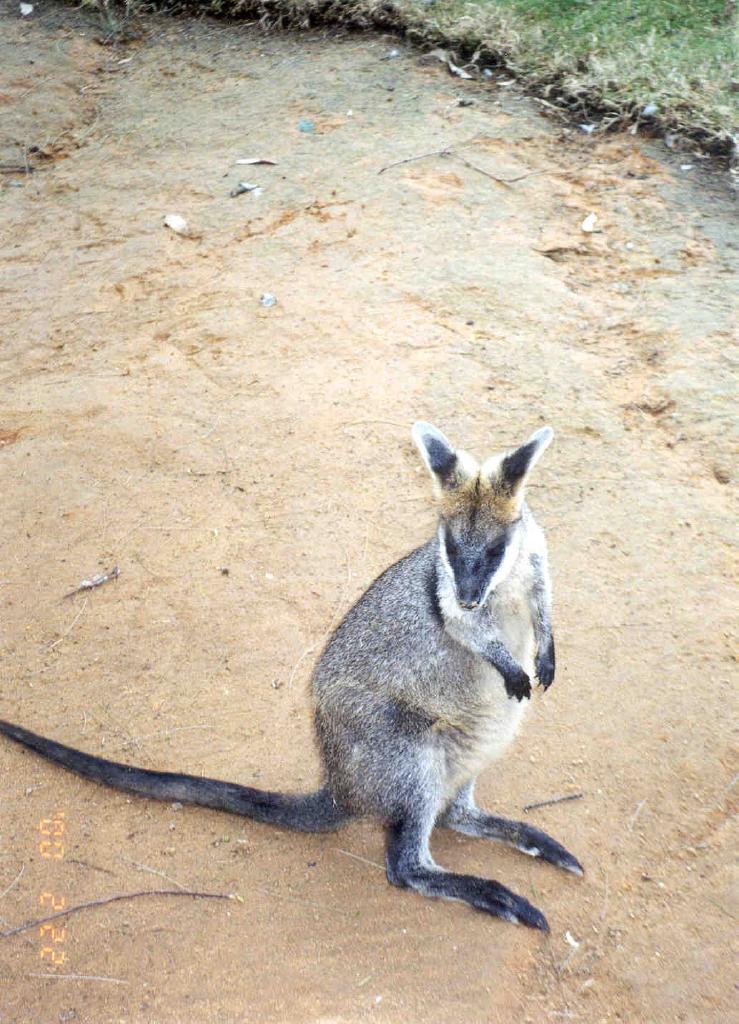|
| 질의: Kangaroo | 결과: 239번째/462 | |
Wallaby? - identify please ) Black-footed Rock Wallaby
| 제목: | Wallaby? - identify please ) Black-footed Rock Wallaby
| | 올린이: | Jinsuk Kim (jskim@www.best5.net)
| |

| 파일크기 : 142826 bytes
File date : 2000:10:06 18:05:22
해상도: 739x1024
Jpeg process : Baseline
Posted Newsgroups: alt.binaries.pictures.animals
Posted 촬영일: Thu, 05 Oct 2000 11:43:44 +0900 |
ERROR : Server Busy(-1105)
ERROR : Server Busy(-1105)
Wallaby? - identify please --> Black-footed Rock Wallaby
Wombat?
This picture was taken by Yun Soo Choi during his
honeymoon trip to Australia. He sent me these photos
and I scanned them all.
Jinsuk Kim
====================================================
This image is (C)Copyright 2000, Yoon Soo Choi
Permission is granted to distribute this image
provided that this notice is included.
filename="Wallaby_01.jpg"
|
댓글 |
|---|
| | your-name |
|
| THIS PICTURE IS CUTE!!!!!!!!!!!!!!!!!!!!!!!!!!!!!!!!!!!!!!!!!!!!!!!!!!!!!!!!!!!!!!!!!!!! |
| | Phoby |
|
| Maybe a SWAMP WALLABY? |
| | silent_resident |
|
| its definately a black-footed wallaby |
| | Hanna Smith |
|
Hello I love kangaroos i use to breed them to make them not a extinct animal! I would like to get back i nthat deed to breed them if you know how i could would you please be sure to contact me (email) thank you ...P.S i love that picture! :)
your buddy 0 pale...Hanna Smith |
| | Imogen |
|
| This picture is so prettiful |
^o^
동물그림창고 똑똑전화 누리집
^o^
|
|
|

